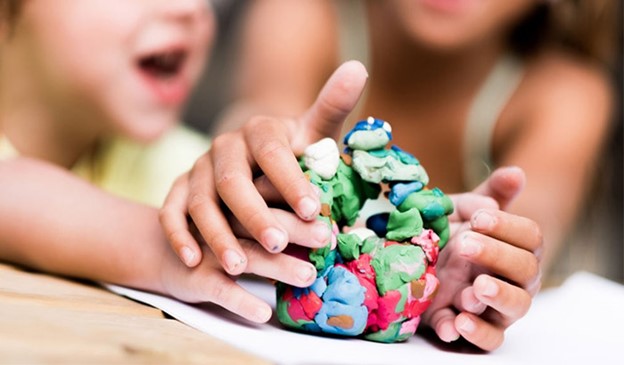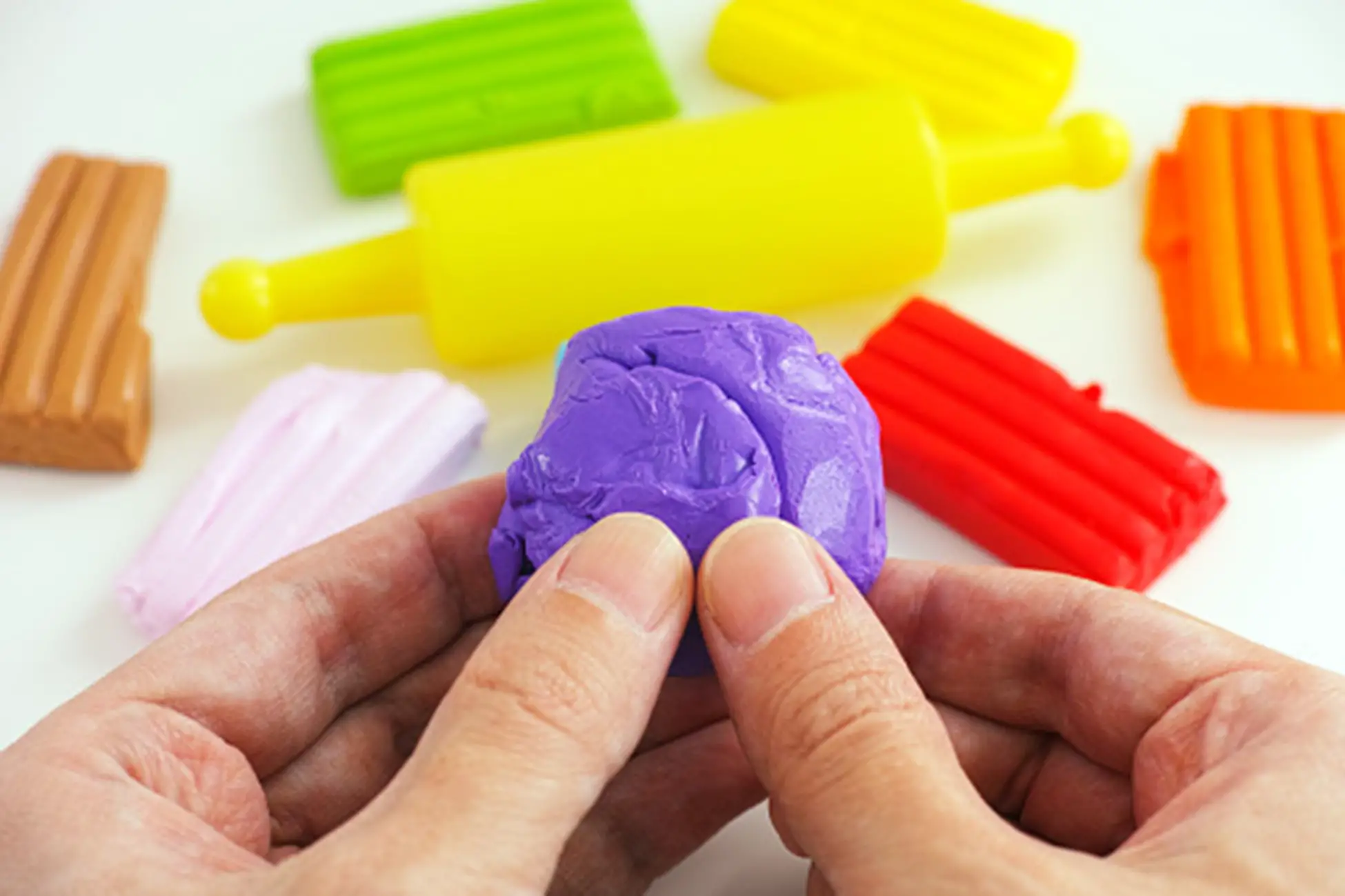One of the most common clay potters used to sculpt is polymer clay. However, if you are new to baking polymer clay, you might need clarification and want to understand when your clay is done baking.
This article will help you know when polymer clay has fully baked.
Signs To Check Whether Polymer Clay Has Been Properly Baked
The following are signs to check whether your polymer-based clay sculpture has baked appropriately.
- Clean Breakage
When the polymer clay bakes perfectly, it does not sink if you press a finger after cooling. The clay will properly break without any crumbling texture.
- Visual Clues
To understand if your polymer-based clay is baking, check the color. The color should be even, with slightly darkened tones, and there should not be any brown edges or spots. Uneven spots indicate you still need to finish baking your clay.
- Flexibility
If the sculpture contains polymer clay and you bake it fully, it should be flexible and bendable because it is plastic. If you see that the clay is not bendable and breaks easily, then it means you have underbaked it.
- Durability
If you have baked your polymer-based clay properly, it will remain durable for an extended period. However, the sculpture can weaken and shatter over time if you do not bake it properly. Thus, you need to check whether it has the essential durability component after baking.
- Appearance Of Cracks
After baking your polymer-based clay, if you see cracks on the sculpture, it means you did not bake the entire surface evenly. Hence, cracks have appeared due to uneven expansion.
- Scorched Appearance
Polymer clay is scorched if the sculpture, after withdrawing from the oven, has a slightly yellow to dark brown color. Scorching happens when the stove passes direct heat to your clay. To avoid this, you must place your sculptures in the oven’s middle section and protect them with printing paper.
- Firmness Of The Texture
If you remove the clay from the oven and it is still really soft, the temperature is low, and you still need to finish baking it. So, check the texture to understand if the clay is ready.
- Shiny Spots
Sometimes, you see certain shiny spots on the bottom after baking your polymer-based clay on a glossy surface. It is because by baking on the tile, the heat gets directly transferred to the surface and affects the baking condition. So, make sure to lay parchment paper before you put the sculpture on the tray.
How Can You Perfectly Bake Polymer-based Clay with Oven?
To properly bake polymer-based clay, you must learn the best method. It is possible by using an oven. However, follow the steps below to bake the polymer clay utilizing an oven.
- Read the directions of the package. Check the temperature and the time recommendation given by the brand. Accordingly, preheat your oven to the correct temperature.
- Now you must prepare your sculpture. You must first put your sculpture on a baking sheet and then cover it with parchment paper.
- Bake the clay at the temperature that the package recommends. Generally, you can bake your polymer-based clay at 275 degrees Fahrenheit for half an hour per quarter of thickness.
To ensure that your polymer-based clay is appropriately baked, follow the steps highlighted above. One of the best ways to ensure that your oven is in a suitable condition to bake your polymer-based clay is by checking the oven temperature using a thermometer. It is essential as, in most cases, the oven can be too hot or not at all warm, thereby affecting the conditions of baking the polymer clay.
How Can You Bake Polymer Pottery Clay Without Using The Oven?
Most of us might not have ovens at home. Hence, let us understand some alternative ways used for polymer clay baking without an oven. The following are some ways to bake polymer-based clay properly without an oven.

Ovenless Baking Method | How Does It Work? |
Toaster | You can use a toaster for baking polymer clay. It majorly depends upon the toaster’s dimensions, model, and age. It is a bit trickier to use than an oven. Due to its small size, your sculpture may get heated more, resulting in a scorched pot. |
Hair Dryer | You can also use a hair dryer for baking polymer clay. You must place the polymer clay on a non-sticky surface and hold the dryer at least 12 inches from the piece. |
Air Fryer | This electronic appliance can bake the polymer clay by maintaining an accurate temperature. Though you need to make certain adjustments in the temperature, it is quite possible. |
How Long Should You Bake polymer-based clay?
You should bake polymer-based clay for 20 minutes per quarter of the thickness of the sculpture. It is essential to check the clay package instructions before you start baking, as different brands have different baking temperatures.
What Is The Ideal Temperature At Which You Should Bake Polymer-based Clay?
Most polymer clays are adequately baked at a temperature of 275 degrees Fahrenheit. However, check the instructions on the clay package to get a better idea of the baking temperature. Make sure that you bake it hot enough so that it hardens properly.
How To Prevent Browning Of Polymer Clay?
Despite the ideal length and temperature, in some instances, polymer clay can also experience browning. You can bury your polymer-based clay into the baking soda during baking or pour cornstarch/salt to prevent such browning. For this, you can purchase Pure’s Baking Soda. It is entirely non-toxic and will help avoid the polymer clay’s browning.
Summing Up
When baking polymer-based clay, you must understand when it is perfectly baked. Make sure you notice the signs mentioned above and accordingly heat your clay depending upon the temperature and duration mentioned in the package.







